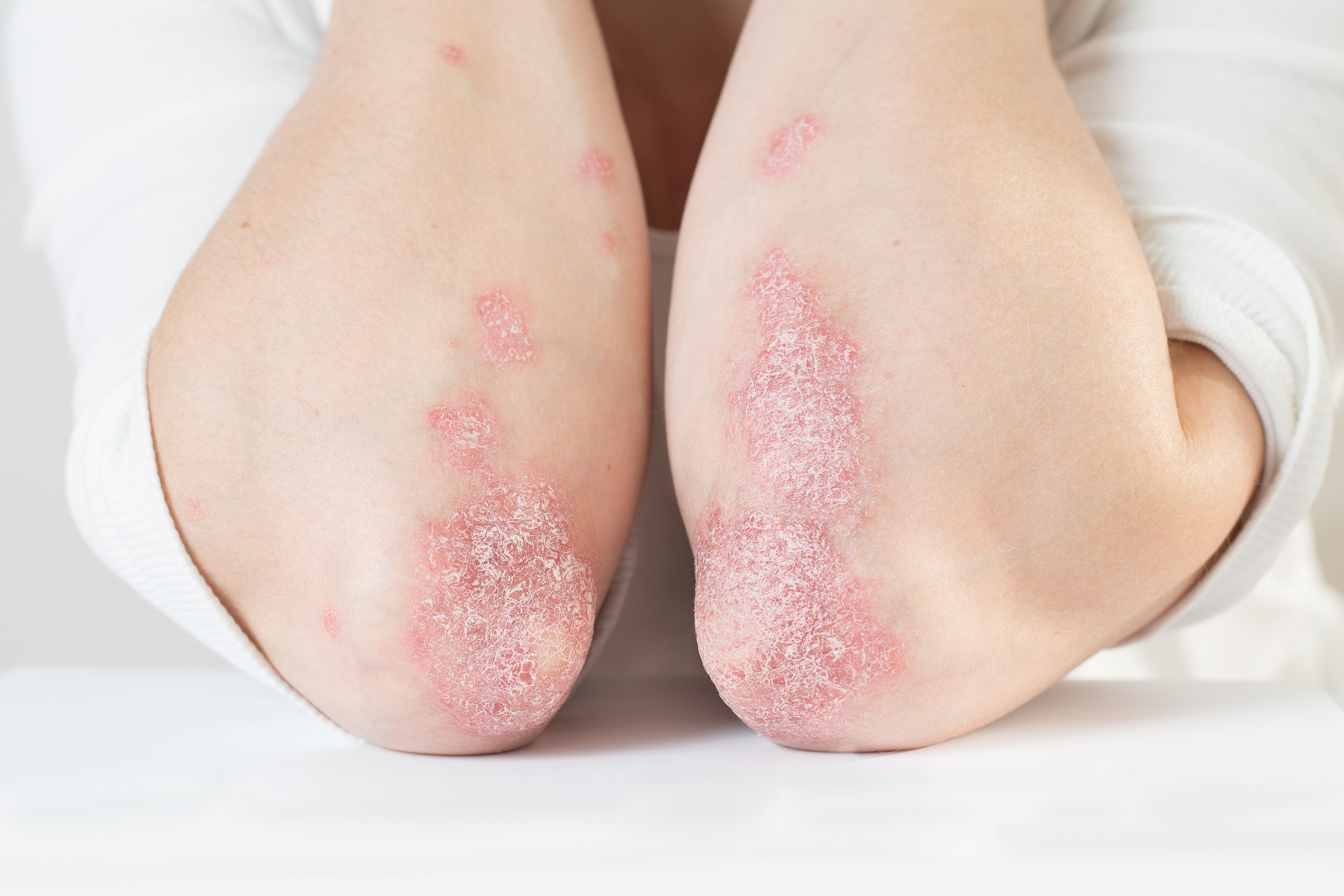- Center on Health Equity & Access
- Clinical
- Health Care Cost
- Health Care Delivery
- Insurance
- Policy
- Technology
- Value-Based Care
Panel Discusses Treating Acne, Psoriasis in Dermatology Patients
A panel hosted at Fall Clinical Dermatology 2023 highlighted how dermatologists can help to address acne and psoriasis in their patients.
A panel that took place during Fall Clinical Dermatology 2023 in Las Vegas focused on the different ways that dermatologists can treat both acne and psoriasis in effective ways. Topical therapies were the drug of choice for both of these skin conditions.
Using Topical Therapies in Acne Treatment
The first segment was presented by Linda Stein Gold, MD, who is the director of clinical research in the Department of Dermatology in Henry Ford Hospital in Detroit, and Leon H. Kircik, MD, who is a clinical professor of dermatology at the Icahn School of Medicine at Mount Sinai.
The panel focused on the role of topical therapies in managing acne, discussing triple combination therapy, and identifying patients who would benefit the most from topical therapies both alone and in combination. Gold started by saying that although treatments for acne are straightforward, a lot of their patients don’t use all of the treatments prescribed in combination.
“The key is to simplify the treatment regimen. When you give [your patient] lots of stuff to do, what are the chances he does anything?” she said.
With the goal of simplifying the treatment regimen, fixed combinations of treatments could be a good solution. In the past, topical fixed combination medications were not found to be statistically better than alternatives. To get a combination of 2 drugs to be significantly better than either one individually is a high bar, said Gold.
Kircik said that triple combinations involve a retinoid, a topical antibiotic, and benzoyl peroxide. “Those 3 actually will address 3 out of the 4 pillars of pathophysiology of acne…but most importantly it will address the compliance for those teenagers and for everybody else [who] don’t want to smear 3, 4 different medications on their faces,” he said.
These medications, he said, can not go one on top of another as they would bring down the concentration of each medication. The first triple therapy combination could be coming to the market very soon. The trials include having to prove that putting all 3 medications together is better than any of them apart, which can be tough, but Kircik believes that early results have shown efficacy.
Early studies have shown efficacy with triple combination therapies. This includes a patients presented by Kircik who saw 90% decrease in inflammatory lesions and a 93% decrease in noninflammatory lesions after 12 weeks in a White female aged 17 years. Similarly, a White male aged 16 years saw a decrease in inflammatory lesions of 87% and a decrease of 84% in noninflammatory lesions.
A 5-arm study found that IDP-126 gel was better than any of the 3 combinations of benzoyl peroxide, adapalene, and clindamycin as well as the vehicle, with a success rate of more than 50% compared with 30% in the other 3 double combinations. It also scored better in the percent reductions in inflammatory and noninflammatory lesion count compared with the 3 other double combos, with a 76.4% reduction in inflammatory and 71.0% in noninflammatory at week 12, compared with 64.02% to 69.2% in inflammatory and 58.7% to 61.1% in noninflammatory for double combinations.
“Why does this triple combo work? Because of the vehicle…We have to have the right vehicle in order to be able to combine 3 different things that they do not destroy each other, they are stable, keep their concentration, and keep their stability so you get the efficacy,” said Kircik. “So this can be a game changer in our acne treatment.”
Acute psoriasis on the elbows is an autoimmune incurable dermatological skin disease | Image credit: SNAB - stock.adobe.com

Illuminating New Developments in Psoriasis
The panel continued into a segment dedicated to psoriasis and different clinical insights for providers in dermatology. This portion featured Alexandra K. Golant, MD, the medical director of the Dermatology Faculty Practice at Mount Sinai, and Mark Lebwohl, MD, the dean for clinical therapeutics at the Icahn School of Medicine at Mount Sinai.
The panel aimed to inform all participants about novel nonsteroids for treatment of psoriasis, how the treatment space has changed in recent years, and the challenges with the tools that doctors already had before.
Traditionally, topical steroids have been used to treat psoriasis. However, these treatments come with their own risks, despite the topical label. Along with that, clinicians would send patients home with a couple of topical steroids to cycle through over a number of weeks, which could get confusing for the patients.
The panelists presented data on past trials focusing specifically on tapinarof 1% and rolumilast 0.3% cream, which is a phosphodiesterase-4 inhibitor. Some pivotal data for folumilast were found in 2 trials where approximately 40% of patients achieved clear skin in 8 weeks. In separate data, half of patients were able to maintain clear skin over the course of a year. Adverse events were relatively minor, with the worst being diarrhea, headaches, and nasal pharyngitis. Tolerability was also consistent between both physicians and patients.
Tapinarof was tested in PSOARING 1 and PSOARING 2 where the primary end point was Physican Global Assessment response. The researchers found that between 36% and 40% of patients achieved clear or almost clear skin. The secondary end point of a Psoriasis Area and Severity Index score of 75 showed similar results with between 36% and 50% of patients achieving the end point at week 12 with statistical significance as early as week 4. PSOARING 3 enrolled patients who became completely clear and put them off drug which led to a remit effect for 115 days. Both drugs were found to be very safe with good safety profiles.
“So they’re cheaper than topical steroids, they’re much safer, and they’re equally effective…and cheaper,” concluded Lebwohl.
